A Mount Vernon man who had been snowshoeing a hiking trail in Rome was found dead Thursday night after possibly succumbing to cold weather exposure, according to the Maine Warden Service.
Brian Peters, 57, was found dead by searchers hiking on a trail on Round Top Mountain after he was reported overdue by his wife, according to a news release Friday from Cpl. John McDonald, of the warden service.
In a release later Friday, McDonald clarified that Peters could have died as a result of a medical event, or because of cold weather exposure, but that the Office of Chief Medical Examiner would determine the exact cause of death.
“Game wardens indicate that Peters was well prepared for hiking and had good communication with his family regarding his hiking trip,” McDonald said in the release.
Peters had been seen last about 1 p.m. Thursday leaving a parking area to snowshoe to the top of Round Top Mountain. Searchers looked for the man on trails off Watson Pond Road, and members of the Rome Fire Department found Peters’ body just after 9 p.m. Thursday while searching with game wardens. Maine State Police and Belgrade Rescue also assisted in the effort.
The trailhead for Round Top Mountain is off Watson Pond Road, which connects from the west side of Route 27, about a mile north of the intersection of routes 27 and 225 in Rome. The trail ascends 1,133-foot-high Round Top Mountain and is marked with blue blazes and considered of moderate difficulty, according to the website for the Belgrade Regional Conservation Alliance. The alliance conserved the land in the Kennebec Highlands, including Round Top Mountain, through its land trust.
Charles Baeder, executive director of the Belgrade alliance, said the trail is considered moderately difficult because of its distance and slope. It’s nearly 4 miles round-trip and the slope gives hikers “a pretty good workout,” he said.
“Normally it’s a very easy trail to navigate,” Baeder said, but he added that there are some steep sections where a hiker could fall and get hurt.
The recent snowstorm could have made the trail more difficult, he said. “It’s possible, with the snow just the day before, that the trail was not as easy to follow as it tends to be,” he said.
While the state owns the land, the alliance works with it to maintain the trails.
“Our thoughts are with the person and their family,” Baeder said.
Steven Arnold, who was out skiing on Round Top Mountain on Friday and lives nearby, said he saw Peters’ tracks on the trail. Judging from the tracks he found, Arnold said it appears Peters “was the first person to ‘break trail’ after the snowstorm. I know from personal experience that breaking trail thru several inches of snow on this trail is strenuous especially if you do the full loop through fresh snow.” Arnold said Peters’ tracks followed the trail, suggesting Peters was familiar with the area.
“The terrain for most of the trail is wooded, winding and relatively easy without snow; the part he apparently had hiked winds up the (mountain) to the top where you have the option of continuing down the other side, which is steeped, and the trail goes through a rock slide,” he said, adding that he did not find any tracks on the lower section of that trail.
The temperature in the Waterville area was about 26 degrees at 1 p.m. Thursday and dipped to about 19 degrees by 9 p.m., while the wind chill made it feel like the single digits by evening, according to the website Weather Underground.
Hikers always should enter the woods prepared, Baeder said. There is not much information yet on what happened on Round Top Mountain, but Baeder gave some safety tips that people should follow, he said.
“Being able to communicate is pretty fundamental,” he said. “Luckily those trails are all close enough to areas that have cell service.”
It’s also important that hikers tell someone where they’re going and what they’re doing, Baeder said, and to take some kind of map or GPS unit along on hikes. Hikers should be able to contact someone and locate themselves on a map if they get lost, he said.
Baeder said hikers should bring water to prevent dehydration in the event they get stuck somewhere after falling.
“Eating snow is better than nothing, but often consumes more energy than you get from it,” he said.
Hikers also should wear clothing that could sustain them for a few hours for the same reason, he said, as well as a flashlight and a first aid kit.
“There’s always that risk (when hiking), so be as prepared as possible, especially in cold weather,” Baeder said. “That’s why all those backup plans — in terms of communication, people knowing where you are, having the right clothes if you do get stuck — are so important.”
Madeline St. Amour — 861-9239
mstamour@centralmaine.com
Twitter: @madelinestamour
Send questions/comments to the editors.


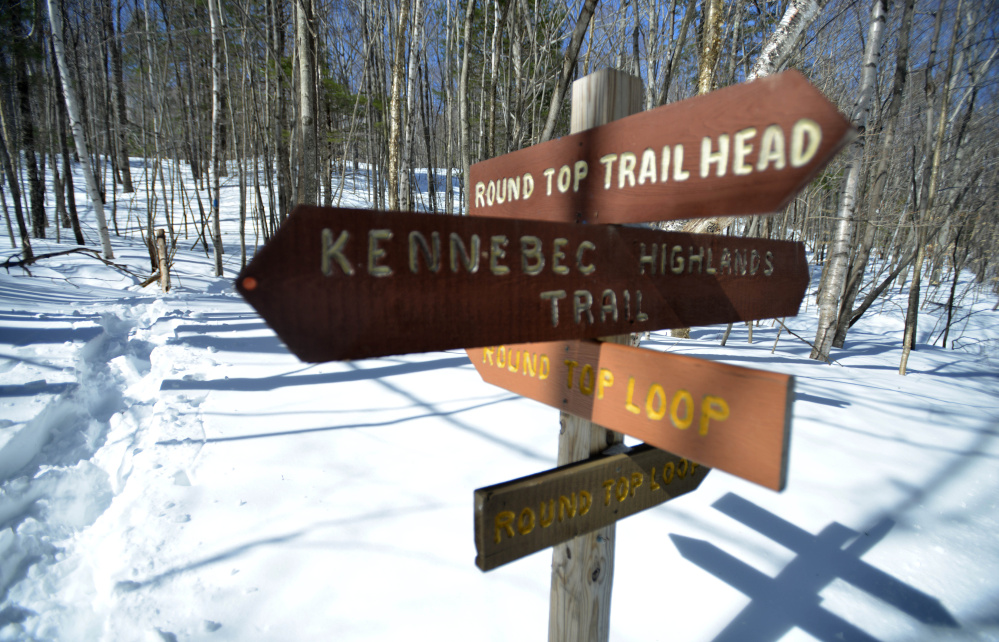
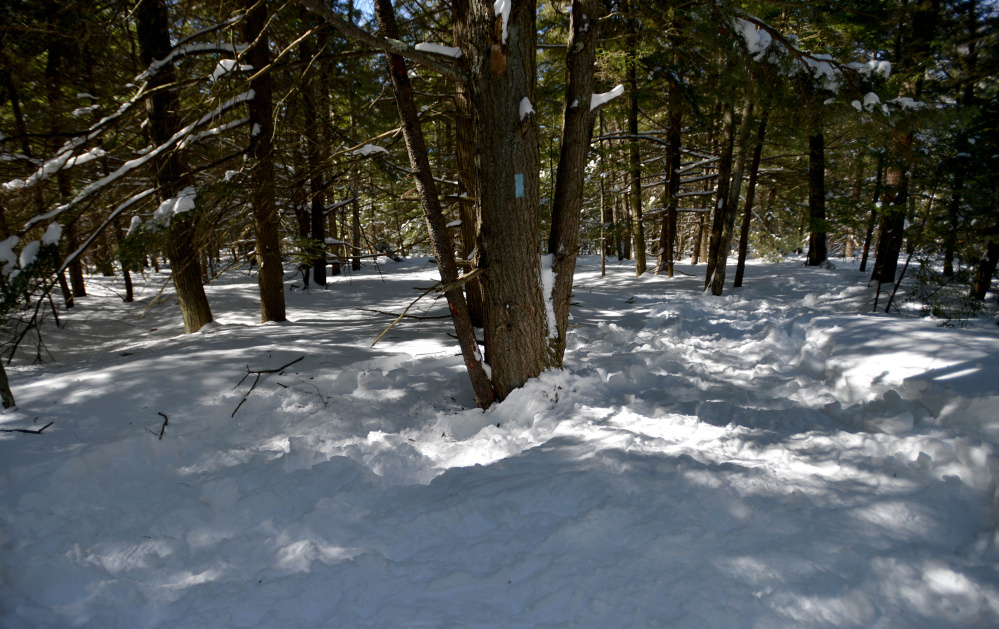
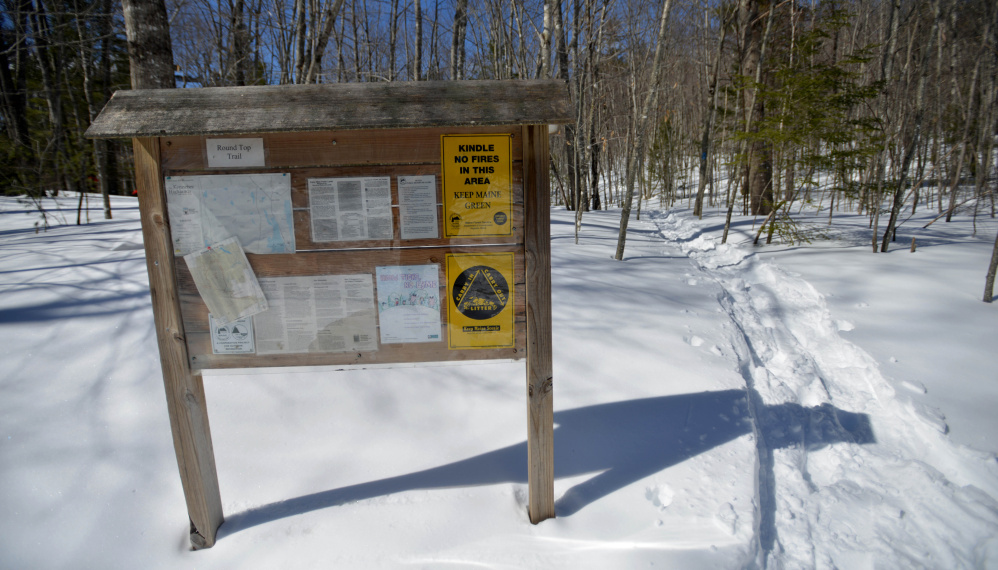
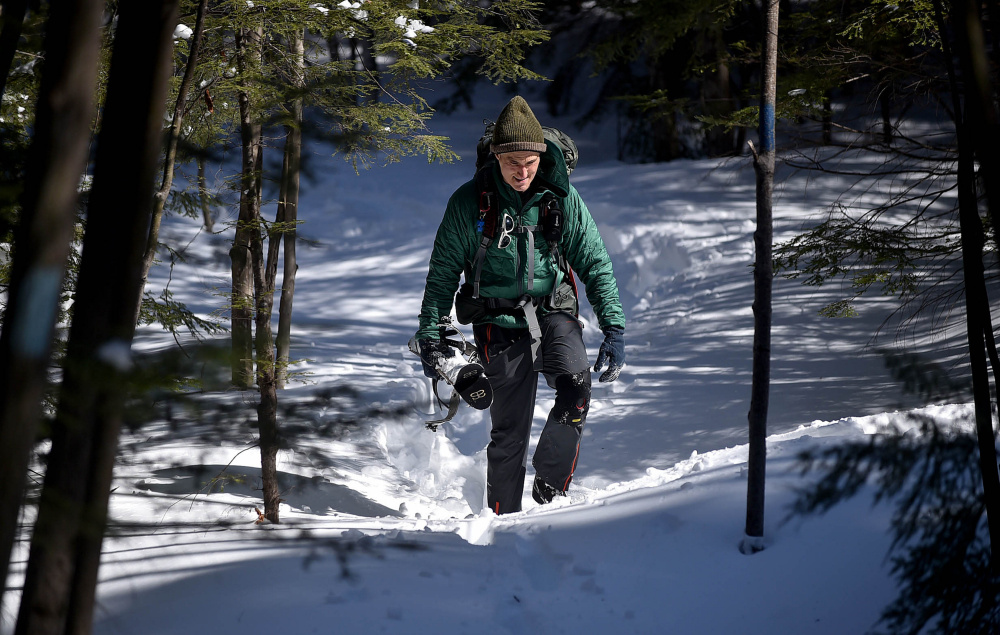
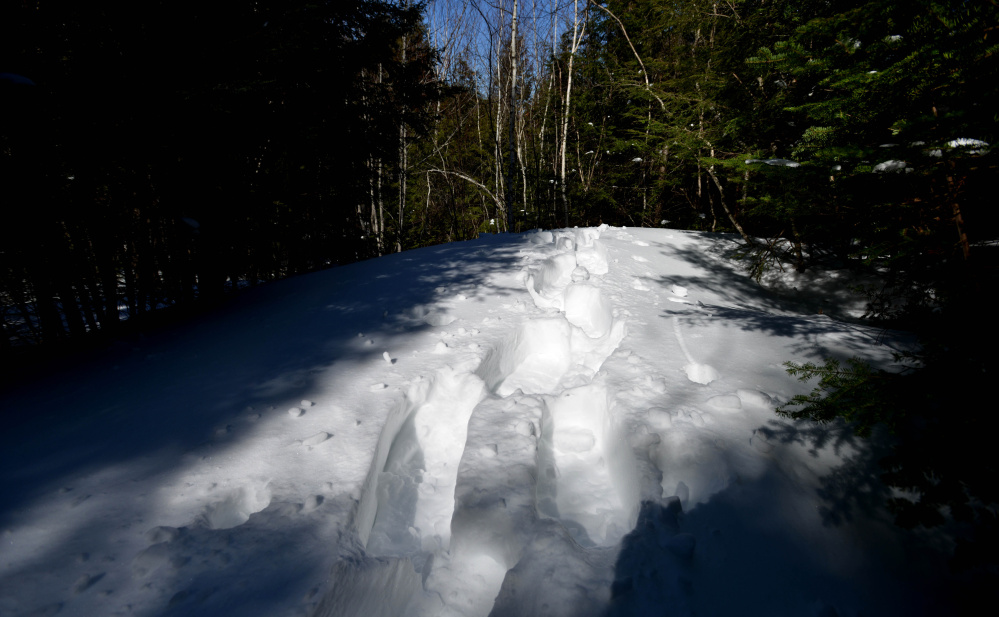
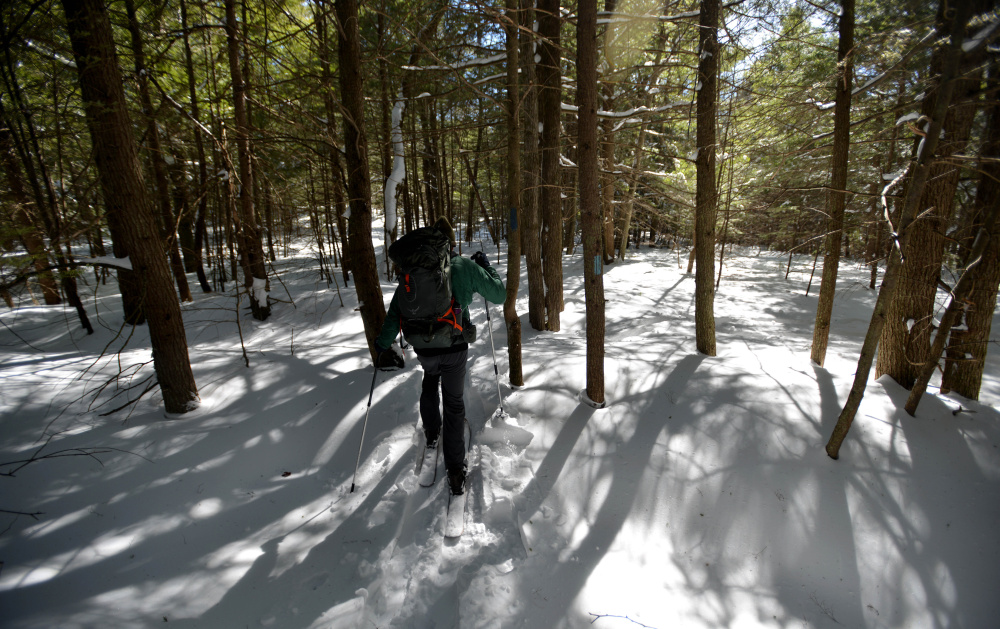
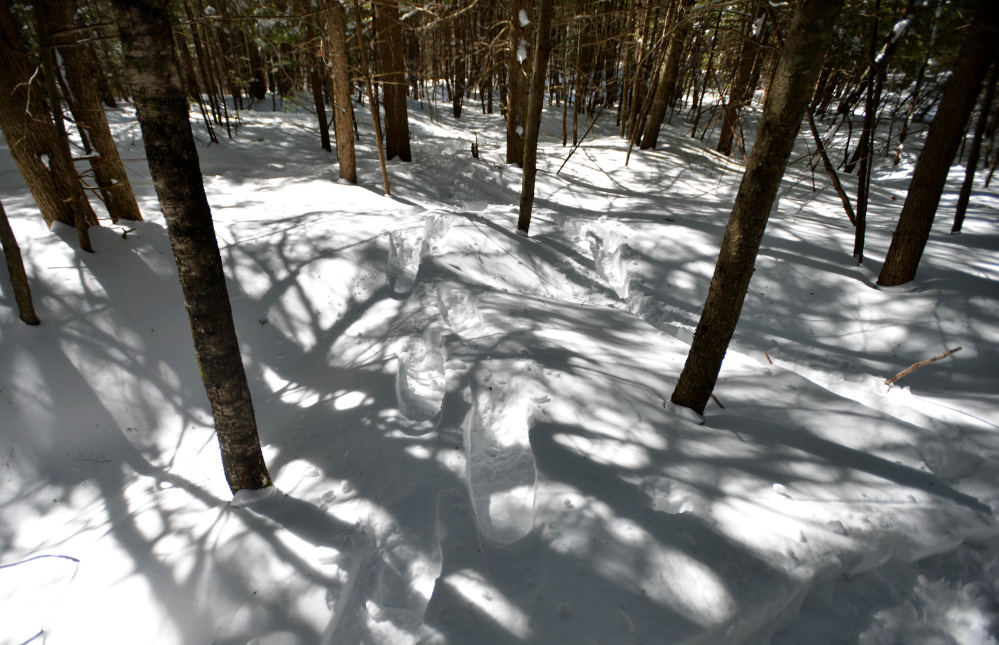
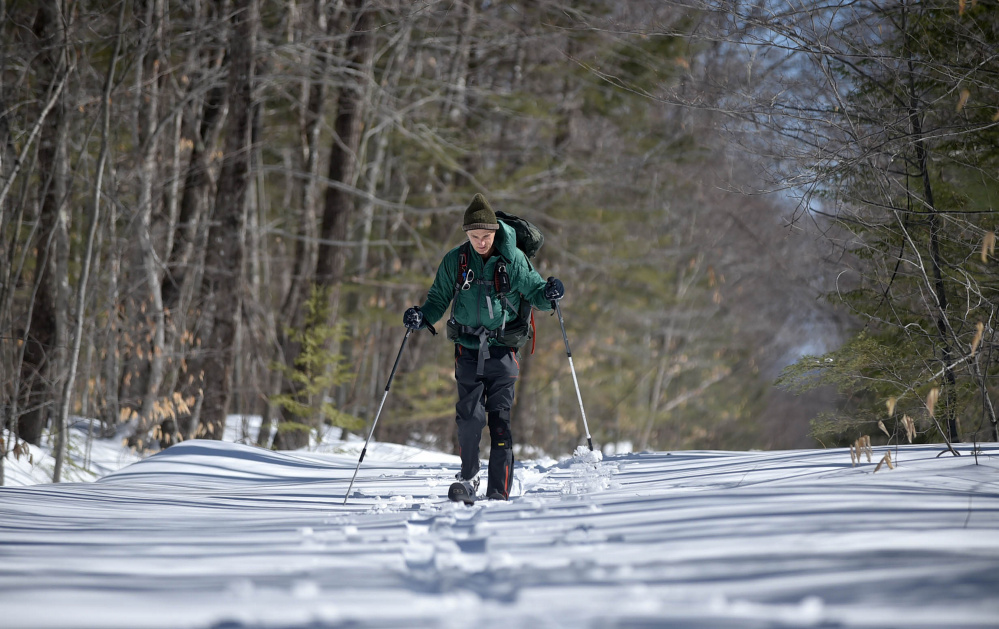


Success. Please wait for the page to reload. If the page does not reload within 5 seconds, please refresh the page.
Enter your email and password to access comments.
Hi, to comment on stories you must . This profile is in addition to your subscription and website login.
Already have a commenting profile? .
Invalid username/password.
Please check your email to confirm and complete your registration.
Only subscribers are eligible to post comments. Please subscribe or login first for digital access. Here’s why.
Use the form below to reset your password. When you've submitted your account email, we will send an email with a reset code.